Poisonoues Blue dragon: Beaches closed in southern Spain
Saturday, August 30, 2025
In southern Spain, beaches on the Costa Blanca were temporarily closed after a number of "blue dragons"—a small, venomous sea slug with the scientific name Glaucus atlanticus—washed ashore. While this tiny creature may look like a mythical beast, its sting is far from fictional. It has the ability to deliver a powerful sting, causing symptoms such as nausea, pain, vomiting, and acute allergic contact dermatitis.
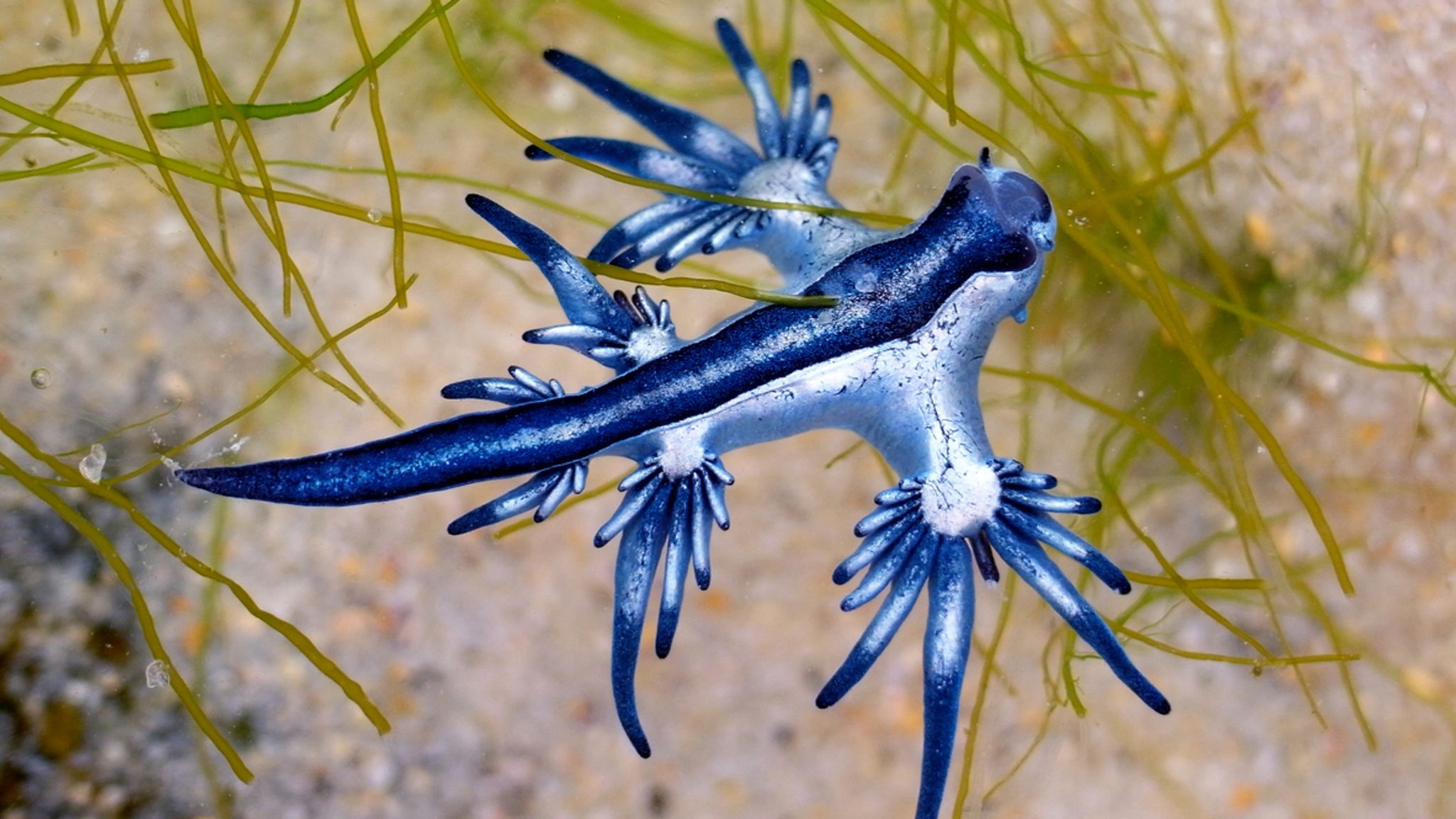
The blue dragon is a type of nudibranch (a shell-less mollusk) that is rarely seen because it lives its entire life floating upside down on the surface of the open ocean. It stays afloat by swallowing a small air bubble into its stomach. Its distinctive blue and silver coloration is a form of camouflage called "countershading." The blue underside faces upward, blending in with the ocean's blue surface to hide from predators flying above, while its silver back faces downward, mirroring the bright sky to evade predators swimming below.
What makes this creature so dangerous is its unique feeding habit. The blue dragon preys on other venomous organisms, most notably the jellyfish 'Portuguese man o' war'. It is immune to the man o' war's venomous stinging cells, called nematocysts. After consuming its prey, the blue dragon stores and concentrates these stinging cells in its own finger-like appendages, or cerata. This means that a sting from a blue dragon can be even more potent than the sting of a Portuguese man o' war, as the blue dragon can release the accumulated venom in a more concentrated dose.
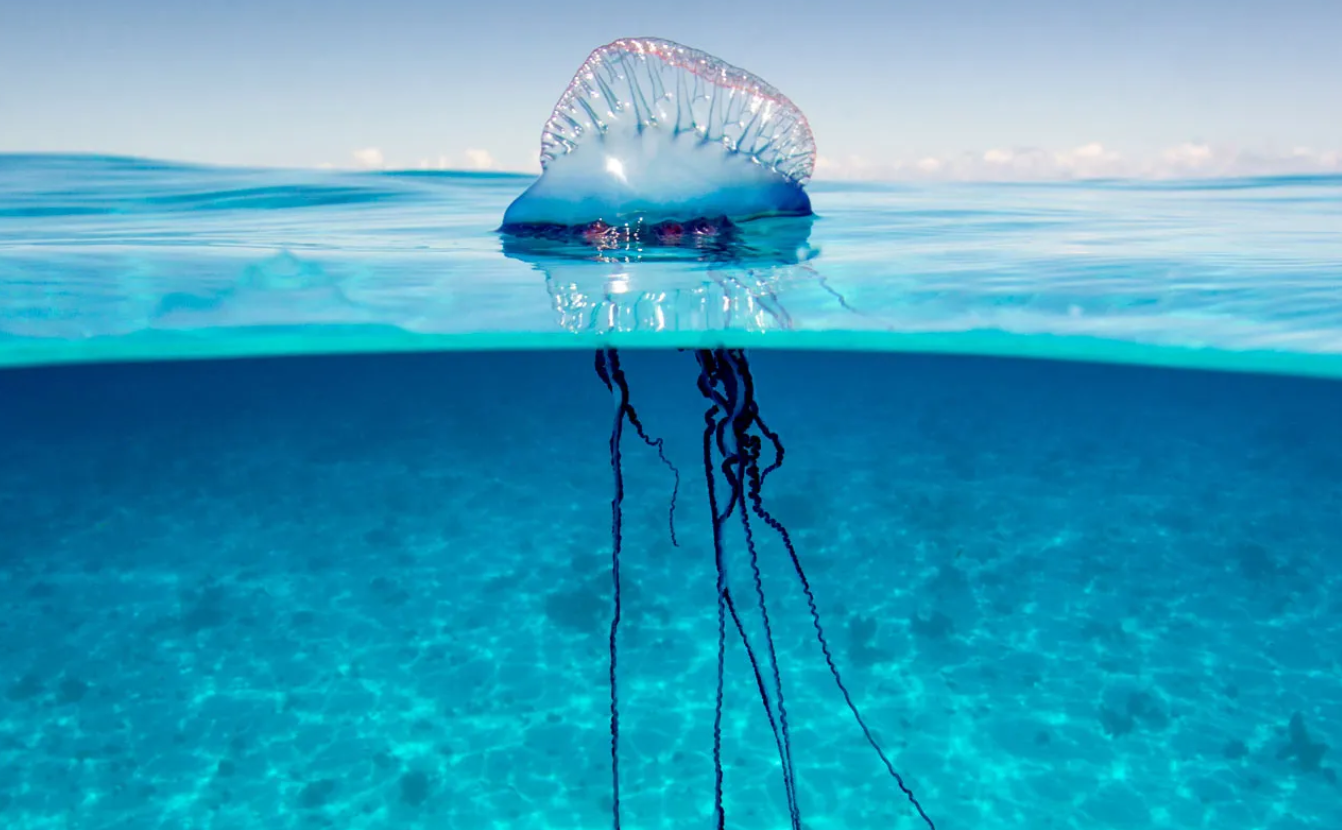
Blue dragons are passive swimmers, relying on the wind and ocean currents to carry them. This is why they are often found washed up on beaches after strong winds. While they may appear to be an exotic or rare sight, they are found in tropical and temperate waters across the Atlantic, Pacific, and Indian Oceans. When a large group floats together, it is known as a "blue fleet."

While fascinating to look at, beachgoers are warned to admire them from a distance. The venom remains active even after the creatures die, and a direct encounter can result in a painful and potentially severe sting. The appearance of these tiny, beautiful, but dangerous creatures on a beach serves as a reminder of the complex and surprising life that exists just below the ocean's surface.
 4
Like
Published at 8:28 AM Comments (0)
4
Like
Published at 8:28 AM Comments (0)
The Sweet Secret of Murcia - Paparajotes
Thursday, August 14, 2025
In the heart of Spain's Murcia region, a unique and surprising dessert known as paparajotes has been a cherished local tradition for centuries. More than just a sweet treat, this dish is a cultural symbol, especially during the city's spring festivals.
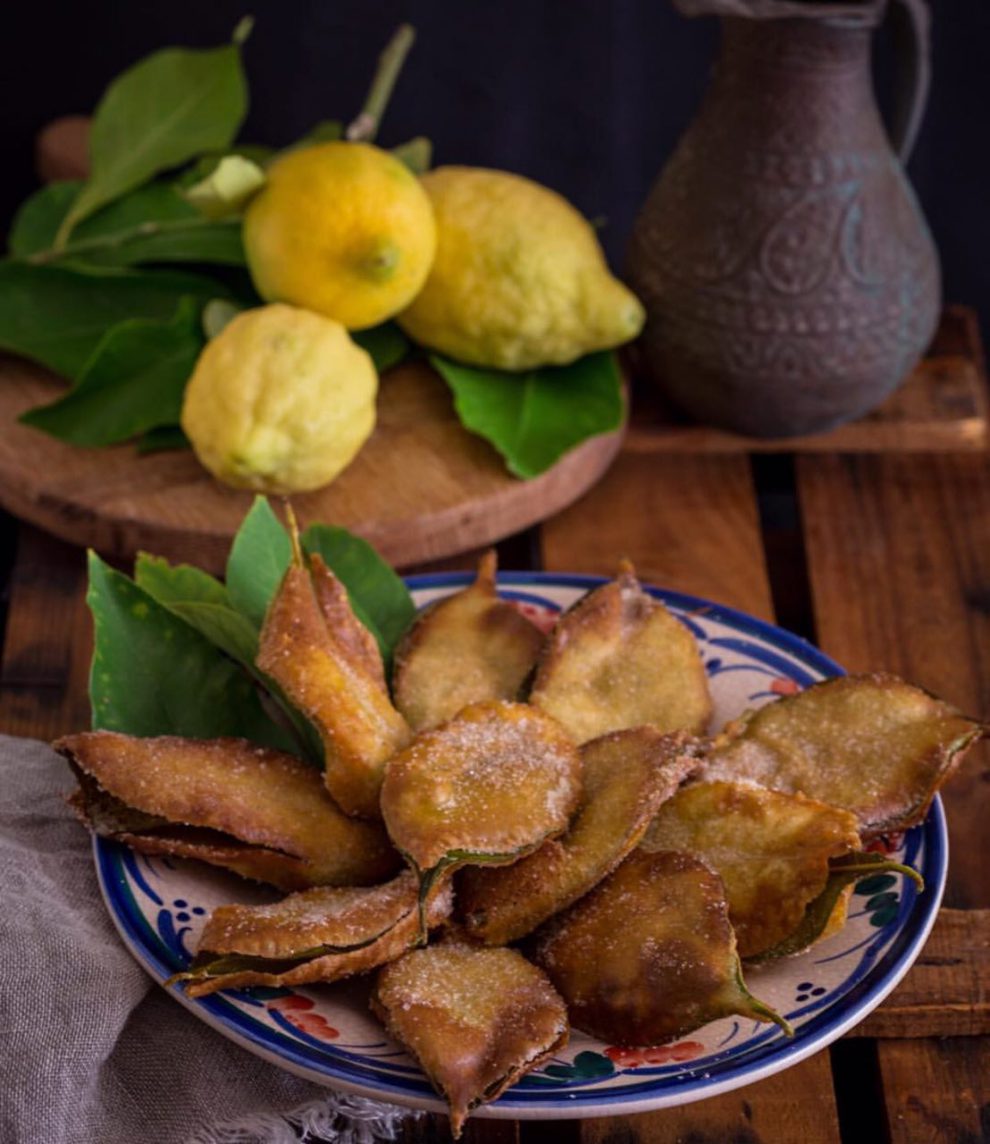
The secret to paparajotes lies in a single, unassuming ingredient: the fresh leaf of a lemon tree. This leaf is not meant to be eaten, but rather serves as the vessel for a rich, sweet batter. The leaf is dipped into a dough made from a simple mixture of flour, eggs, milk, and yeast, often enhanced with a hint of lemon zest. Once coated, the leaf is then deep-fried until the batter turns golden and crispy.
The real magic happens during the frying process. The heat gently infuses the batter with the subtle, aromatic citrus oils from the lemon leaf, creating a flavour that is both sweet and fragrant. After frying, the warm, puffy fritter is generously dusted with a mixture of cinnamon and powdered sugar.
Eating a paparajote is a delightful ritual. The fried leaf is picked up by its stem, and the crispy, sugary batter is scraped off with the teeth, leaving the leaf behind. This playful act is part of the tradition, and tourists are often teased into thinking they should eat the leaf itself—a common and good-natured prank.

While paparajotes are a star attraction during Murcia's spring and September fairs, they are also a homemade dessert, passed down through generations. They are best enjoyed immediately after frying, when they are at their warmest and crunchiest, often paired with a cup of coffee, a glass of sweet wine, or a local herb liqueur. This unique Murcian delicacy is a testament to the region's creativity and its profound connection to the rich citrus groves that define its landscape.
 3
Like
Published at 7:37 PM Comments (0)
3
Like
Published at 7:37 PM Comments (0)
Casa Julián: A Temple to the Txuleta in the Heart of the Basque Country
Friday, August 1, 2025
In the small, picturesque town of Tolosa, nestled in the green hills of Spain's Basque Country, lies a culinary institution that has been drawing pilgrims for generations. This is Casa Julián, a meat restaurant so revered that its name has become synonymous with the perfect "txuleta"—the Basque-style rib-eye steak.
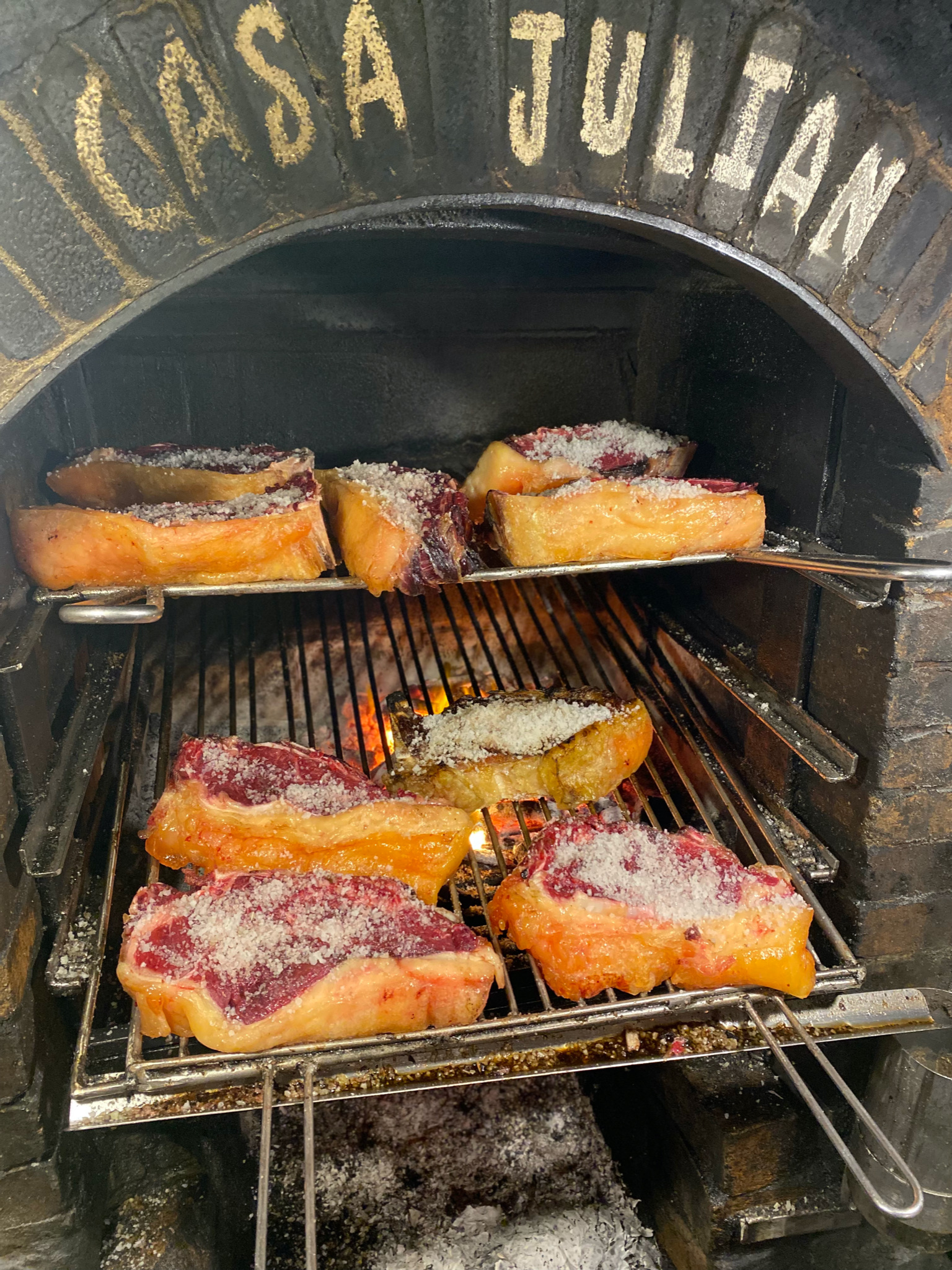
To call Casa Julián a restaurant is to understate its purpose. It is, in essence, a temple dedicated to the art of grilling exceptional beef. Stepping inside is like entering a time capsule. The decor is simple, almost spartan, with rustic wooden tables, whitewashed walls, and the unmistakable aroma of wood smoke and sizzling meat. The focus here is not on flashy interiors or complex menus, but on a singular, unwavering commitment to quality.
The star of the show is, without question, the txuleta. These are not your average steaks. Casa Julián's txuletas are sourced from older, well-marbled cows, often from Galicia. The key is the meticulous ageing process, which enhances both the tenderness and the deep, complex flavour of the meat. These cuts are brought to the table raw for inspection, a ritual that builds anticipation and showcases the quality of the product. The steak is then grilled over an open fire of carefully selected charcoal, a process overseen by expert parrilleros (grill masters) who have honed their craft over decades.
The result is a culinary masterpiece. The txuleta arrives at the table with a perfectly charred, crispy exterior and a juicy, rosy-pink interior. It is served simply, on a hot plate, with nothing more than a sprinkle of coarse sea salt. There are no sauces, no elaborate garnishes—the flavour of the meat is all that is needed. The taste is a revelation: rich, beefy, and deeply satisfying, with a subtle smoky character that speaks of the grill.
 - Copy 2.jpg)
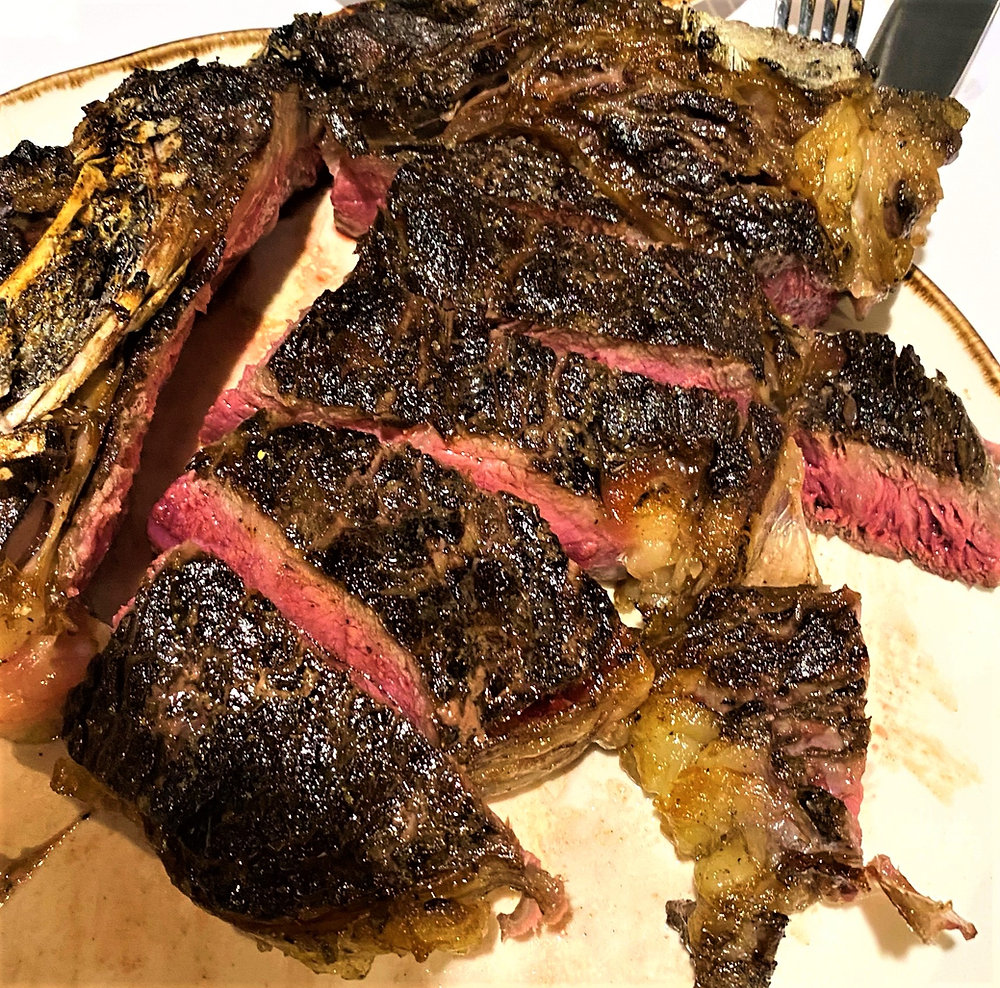
While the txuleta is the main event, the experience at Casa Julián is rounded out by a few other Basque classics. A simple salad of tomatoes and onions, dressed with olive oil and vinegar, provides a fresh counterpoint to the richness of the meat. Pimientos de piquillo (sweet, roasted red peppers) are another traditional accompaniment, their smoky sweetness a perfect partner for the savoury beef. The wine list, as one would expect, features excellent Spanish and Basque wines, particularly robust Riojas that stand up to the powerful flavours of the food.
Casa Julián is more than just a place to eat; it's a celebration of Basque culinary heritage. It embodies a philosophy of food that is deeply rooted in tradition, respect for the product, and an unwavering belief that simplicity, when done with absolute perfection, is the highest form of gastronomy. For anyone seeking to understand the heart and soul of Basque cuisine, a visit to this legendary establishment is not just recommended—it's essential. It is a pilgrimage worth making for any true lover of meat.
 1
Like
Published at 11:32 PM Comments (0)
1
Like
Published at 11:32 PM Comments (0)
Spam post or Abuse? Please let us know
|
|